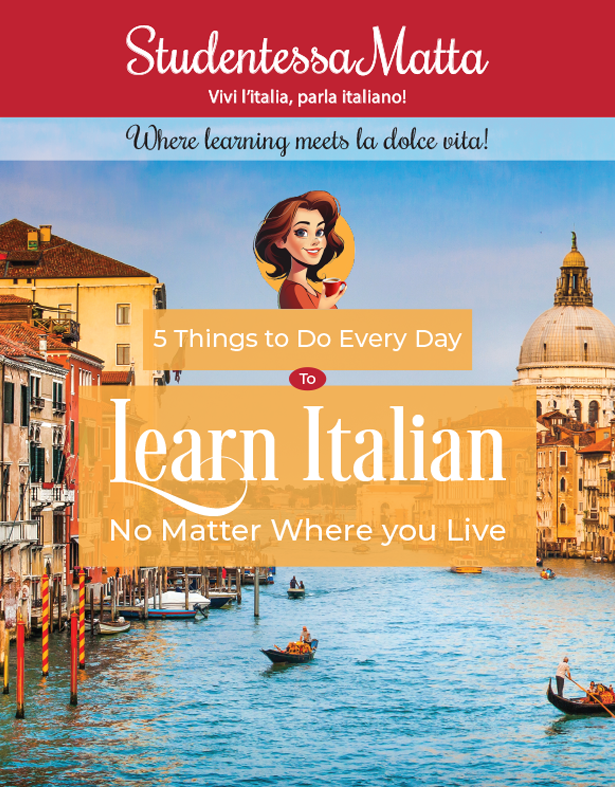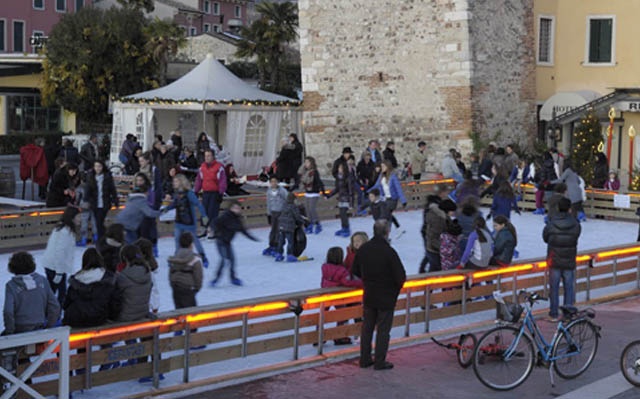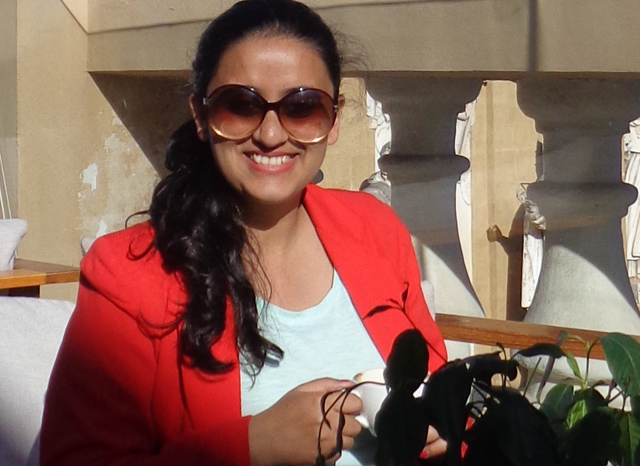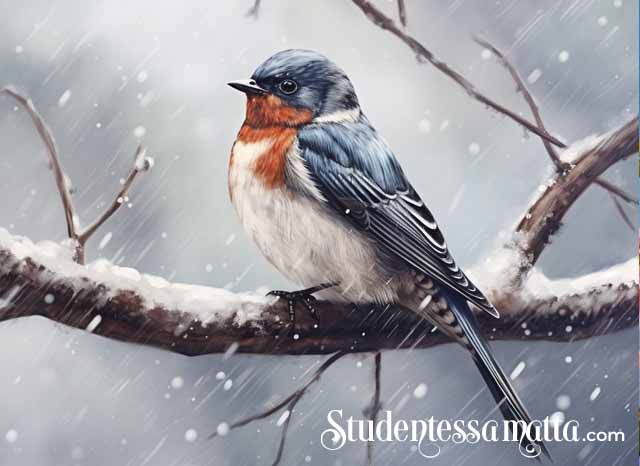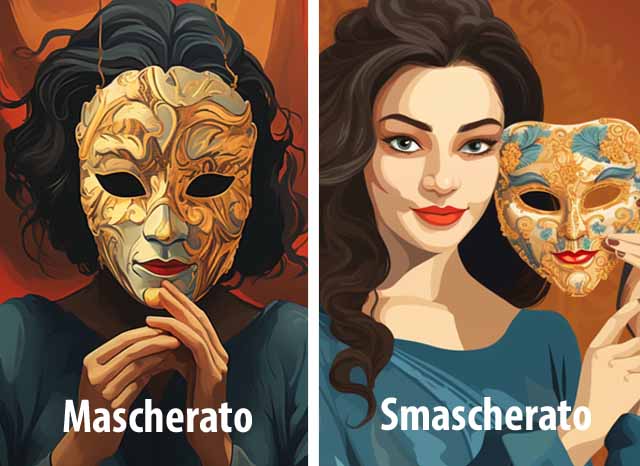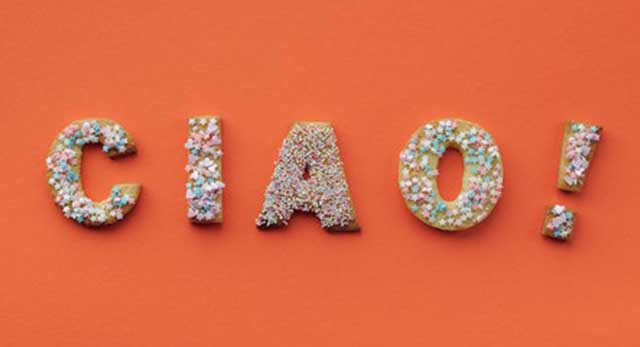
Guest Post di Valeria Biancalani!
All the ways to say hello in Italian!
Tutti i modi per salutare in italiano!
Never miss the chance to say HELLO in Italiano
Oggi Valeria Biancalani ci spiega quali sono i modi formali e informali di salutare in italiano. Oltre a lavorare come insegnante di italiano da più di 10 anni, Valeria è la fondatrice di due scuole di lingue online: Parlando Italiano e BlaBlaLang, la prima scuola è incentrata esclusivamente sull’insegnamento dell’italiano; la seconda, invece, oltre alle lezioni di italiano online, offre lezioni di spagnolo e inglese. I corsi si basano sul metodo comunicativo per far sì che gli studenti imparino a usare la lingua in base alle varie situazio
Today Valeria Biancalani explains to us what are the formal and informal ways to greet one another in Italian. In addition to working as an Italian teacher for more than 10 years, Valeria is the founder of two online language schools: Parlando Italiano and BlaBlaLang, the first school focused exclusively on teaching Italian; the second, on the other hand, in addition to online Italian lessons, offers Spanish and English lessons. The courses are based on the communicative method to ensure that students learn to use the language according to various communication situations and different language goals in an easy and fun way.
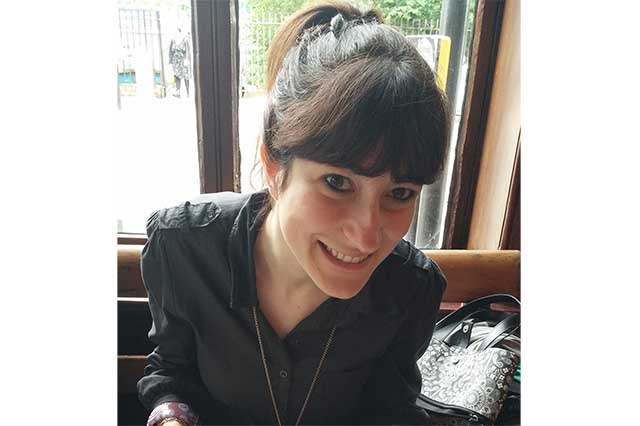
Photo Credit: Valeria Biancalani, Parlando Italiano
Modi per salutare qualcuno in italiano in modo formale e informale.
Ways to greet someone in Italian in a formal and informal way.
Se c’è una cosa che si può affermare della lingua italiana è che questa è ricca di sfaccettature. Ogni parola può avere più significati e anche un’azione semplice, come il salutare qualcuno, ha più espressioni.
If there is one thing that can be said about the Italian language, it is that it is full of nuances. Each word can have multiple meanings and even for a simple greeting, there can be a variety of ways of expressing “hello” and “goodby.”

Vediamo adesso i saluti informali e formali di congedo.
Now let’s look at the informal and formal farewells and goodbyes.
I saluti informali sono quelli usati con gli amici o con con le persone con cui si ha un certo grado di confidenza.
Informal greetings are those used with friends or with people with whom you have a certain degree of confidence.
I saluti formali sono quelli usati con chi si ha poca confidenza e con coloro con i quali si intrattengono rapporti strettamente professionali.
The formal greetings are those used with those who you don’t know well and with those with whom we’d like to maintain a strictly professional relationship.
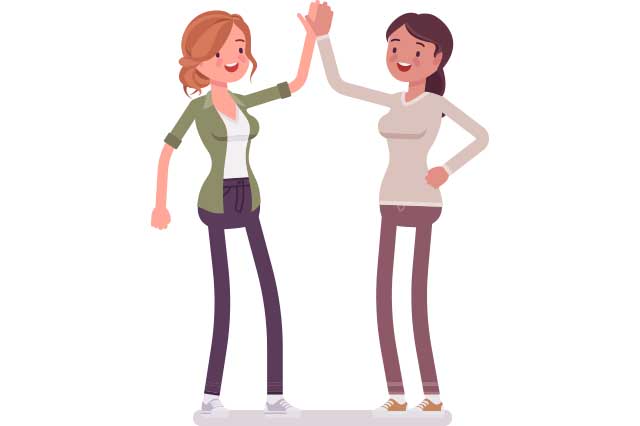
Vediamo adesso i saluti informali e formali di congedo.
Now let’s look at the informal
and formal farewells and goodbyes.
Ci vediamo
CI VEDIAMO. Anche questo saluto viene usato principalmente con gli amici ed implica una conoscenza reciproca approfondita.
SEE YOU LATER This greeting is also used mainly with friends and implies familiarity with one another.
Ci vediamo la prossima settimana!
We’ll see each other next week!
Ci sentiamo
CI SENTIAMO. Usato soprattutto con amici e parenti. Non necessariamente sta a significare che ci si sentirà davvero con l’altra persona, è più un modo di dire.
WE WILL TALK SOON. This phrase once again is used mainly with friends and family. Sentire in Italian has several sensory meanings, i.e., smell, hear, touch, taste. In this instance, “sentire” does not necessarily mean that you will actually “feel” the other person. It is an idiom that means will talk soon.
È stato bello vederti. Ci sentiamo!
We’ll see each other next week!
Alla prossima
ALLA PROSSIMA. Questo saluto sta a significare che ci si rivedrà seppur non sapendo precisamente quando.
UNTIL NEXT TIME. This greeting means that we will meet again even if we don’t know exactly when.
Allora, alla prossima!
So, see you next time!
Buonanotte
BUONA GIORNATA & BUONA SERATA. Si usano formalmente per salutare qualcuno alla fine di una conversazione.
GOOD DAY AND GOOD EVENING. These two greetings are used formally to address a farewell to someone at the end of a conversation.
Grazie per la deliziosa cena, amici. Buona serata!
Thanks for the delicious dinner, friends. Have a good evening!
Buona giornata, avvocato.
Have a good day, sir.
Buona Giornata & Buona Serata
BUONA GIORNATA & BUONA SERATA. Si usano formalmente per salutare qualcuno alla fine di una conversazione.
GOOD DAY AND GOOD EVENING. These two greetings are used formally to address a farewell to someone at the end of a conversation.
Grazie per la deliziosa cena, amici. Buona serata!
Thanks for the delicious dinner, friends. Have a good evening!
Buona giornata, avvocato.
Have a good day, sir.
È stato un piacere.
È STATO UN PIACERE. Saluto formale che indica simpatia nell’aver fatto una conoscenza.
IT WAS A PLEASURE is a formal greeting that indicates the pleasure of having made an acquaintance.
È stato un piacere conoscerLa, Dottore Rossi.
It was a pleasure meeting you, Doctor Rossi.
Arriverderci & Arrivederla
ARRIVEDERCI/ARRIVEDERLA. Saluto di commiato classico. La prima formula può essere usata verso un gruppo di persone, la seconda verso una sola persona.
FORMAL GOODBYE is a classic farewell greeting. The first formula can be used for a group of people, the second for a single person.
Grazie e arrivederci!
Thank you and goodbye!
ARRIVEDERLA SIGNORA.
LOOKING FORWARD TO SEEING YOU AGAIN, MADAM.
Addio
ADDIO. È una forma di commiato definitiva e si usa davvero molto raramente. Implica il non rivedersi più.
ADDIO/GOODBYE is an ultimate form of farewell and is very rarely used. It implies never seeing each other again.
Addio per sempre.
Goodbye forever.
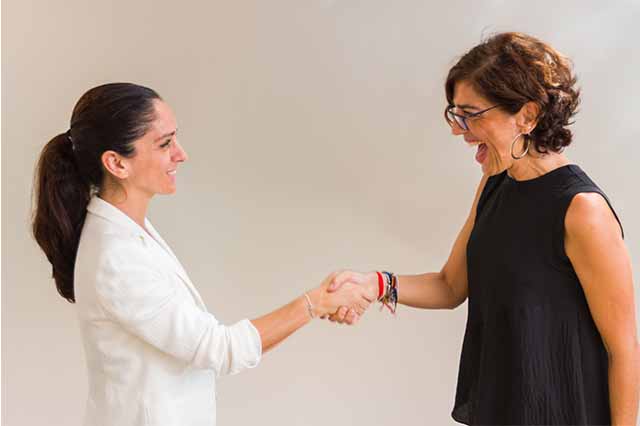
Altri modi in cui gli Italiani si salutano!
More Ways Italians Greet One Another!
STRETTA DI MANO. È il saluto formale per eccellenza e viene usato in due occasioni: quando ci si presenta per la prima volta a qualcuno che non si conosce, o quando si saluta una persona che si conosce, ma con la quale si intrattiene un rapporto distaccato e convenzionale, per esempio una persona con la quale si lavora.
Handshake. A handshake is the formal greeting par excellence and is used on two occasions: when you first introduce yourself to someone you don’t know, or when you greet a person you know, but with whom you have a detached and conventional relationship, for example, a person you work with.
BACI SULLE GUANCE. I baci sulle guance sono un tipico saluto italiano e si usano quando si è in stretta confidenza con l’altra persona. Si usano con amici e parenti.
Kisses on the cheeks. Kisses on the cheeks are a typical Italian greeting and are used when you are in close confidence with the other person. They are used with friends and relatives.
ABBRACCIO. Proprio come per i baci, l’abbraccio viene usato con chi si conosce molto bene. È un saluto particolarmente affettuoso che va a simboleggiare una vera e propria contentezza nel vedere l’altra persona.
Hugs. Just like for kisses, the hug is used with those who know each other very well. It is a particularly affectionate greeting that symbolizes real contentment in seeing the other person.
IL CINQUE. Battere il cinque è un saluto prettamente giovanile e lo usano soprattutto gli adolescenti.
The High Five is a purely youthful greeting and is mostly used by teenagers.

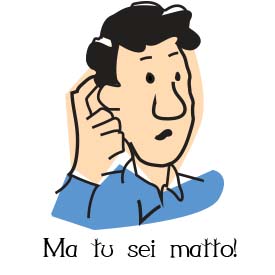
Italian Hand Gestures — Communicating non verbally!
Gli italiani sono famosi in tutto il mondo per il loro modo di gesticolare. Anche nei saluti vi sono dei gesti fisici ricorrenti. Vediamo quali sono.
Italians are famous all over the world for their hand gestures. Even in their greetings, there are recurring physical gestures. Let’s see what they are.
Now that you’ve said hello… learn all the ways
to respond to the question “Come stai?”
Ci sono innumerevoli modi creativi per rispondere alla domanda “Come stai?” Con il tempo e una maggiore fiducia nella lingua italiana, puoi anche essere più fantasioso con le tue risposte. Esploriamo un mix di risposte standard e divertenti che puoi usare per sembrare più un madrelingua.
There are countless creative ways to respond to the question “Come stai?” With time and increased confidence in the Italian language, you can also get more imaginative with your responses.

Grazie Valeria! Dammi cinque!
Thanks Valeria! Give me five!
Che spiegazione fantastica su come dire “CIAO” e “Arrivederci” in italiano. È stato un vero piacere averti qui tra noi sul blog Studentessa Matta! I tuoi commenti sono ben apprezzati. Torna a trovarci presto!
What a great and thorough explanation of how to say hello and goodbye in Italian. It was a real pleasure to have you here with us on the Studentessa Matta blog! Your comments are well appreciated. Come back and see us again soon!
Potete trovare Valeria Biancalani sui suoi siti Parlando Italiano e BlaBlaLang dove insegna italiano online, spagnolo e inglese.
You can find Valeria Biancalani on her sites Parlando Italiano e BlaBlaLang where she teaches Italian online, as well as Spanish and English.
Subscribe to the Matta Blog
Receive 5 Things to Do Every Day to Learn Italian FREE!
Stay updated with the award-winning Studentessa Matta Blog on Italian language and culture. Sign up to become a VIP subscriber and be the first to receive the latest blog updates. Join our community today and dive deeper into the Italian learning journey!
